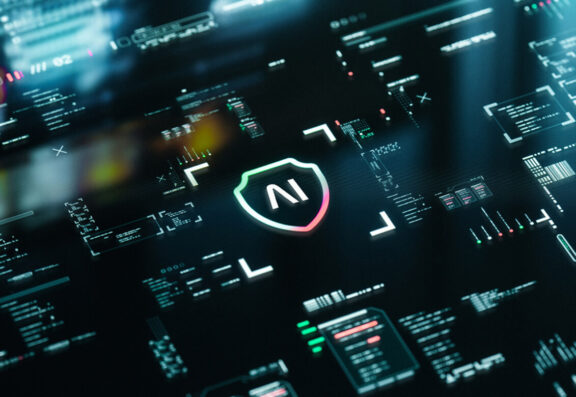
October 24, 2025
Staying Ahead of Cyber Threats: Key Takeaways from Our Cybersecurity Webinar
A Big Thank You to Everyone Who Joined!
We recently hosted an engaging and highly informative cybersecurity webinar led by M.E. Wilson's own Russ Riley, joined by experts Greg Pierce and Dan Myer. The session explored the evolving world of cybersecurity—from internal and external threats to practical strategies that protect organizations from costly breaches.
If you couldn’t attend live, don’t worry — you can watch the full recording below and catch all the valuable insights shared during the event.
Understanding the Landscape: Threats Come from All Directions
Greg Pierce kicked off the discussion with an important reminder: cyber threats don’t just come from the outside. He introduced the concept of “north-south” vs. “east-west” traffic — where “north-south” describes data moving in and out of an organization, and “east-west” covers the internal flow within it.
Internal threats are often overlooked, yet they’re just as dangerous. Greg explained that compromised devices, disgruntled employees, or unintentional data mishandling can all pose serious risks. “Bad actors can be within your organization,” he noted, emphasizing that internal vigilance is every bit as important as external defense.
Employee Training: The First and Best Line of Defense
Dan Myer underscored the critical importance of cybersecurity training for every employee — not just those in IT.
“Annually is a good baseline,” he shared, especially when viewed through the lens of insurability. Employees handling financial or accounting duties may require even more frequent and advanced training.
Dan also recommended incorporating:
- Phishing simulations
- Wire transfer protocol training
- Tabletop exercises for breach response
He shared a relatable personal story about falling for a fake voicemail phishing test, proving that even experts can be caught off guard. His takeaway: “They took the simulation seriously — and that’s exactly why it worked.”
Recognizing Red Flags: Urgency Is a Warning Sign
A recurring theme throughout the webinar was awareness. As Russ Riley pointed out, one of the biggest red flags in a suspicious email or message is urgency.
“If you’re ever asked to do something immediately,” Russ warned, “it’s highly suspicious.”
Dan added that while AI-generated scams have become more polished — with fewer spelling errors and more convincing designs — a sense of urgency or emotional manipulation remains a universal giveaway.
Keeping Up with a Fast-Moving Threat Environment
When asked how companies can stay up to date in such a fast-changing field, Greg offered practical guidance:
“This needs to be someone’s full-time job,” he emphasized. Cybersecurity can’t be an afterthought.
He recommended monitoring trusted sources such as:
- CISA Alerts
- The Hacker News
- SANS Institute
These organizations regularly publish updates on vulnerabilities and active threats. Ignoring known vulnerabilities, Greg cautioned, often leads to “self-inflicted” breaches — compromises that could have been prevented with timely updates and awareness.
SIM and SOC: The Backbone of Cyber Defense
To close the session, Russ asked Greg to break down two common cybersecurity acronyms: SIM and SOC.
- SOC (Security Operations Center) – A 24/7 monitoring hub where experts detect and respond to threats in real time.
- SIM (Security Information and Event Management) – A system that aggregates security data from firewalls, servers, and desktops to identify patterns and coordinate defense efforts.
Greg explained that while smaller businesses (under ~25 users) may treat SIM systems as a “nice-to-have,” larger organizations require them for compliance and proactive protection.
He also reminded attendees of the financial risks tied to non-compliance: “In Florida, not reporting a breach can cost $2,000 per person affected.”
His closing advice was simple but powerful: “We all need to get better at this — and we need to take it seriously.”
Final Thoughts: Cybersecurity Is Everyone’s Responsibility
The webinar wrapped up with a unified message: cybersecurity isn’t just an IT issue — it’s an organization-wide priority.
With threats evolving faster than ever, protecting your data, your people, and your reputation requires consistent attention, ongoing training, and the right tools.


